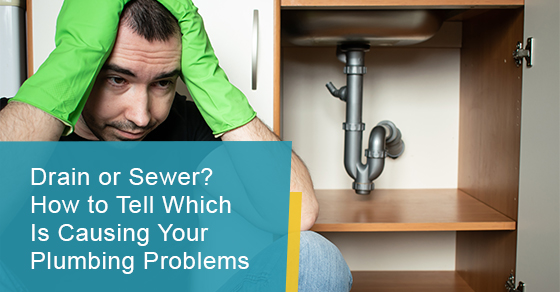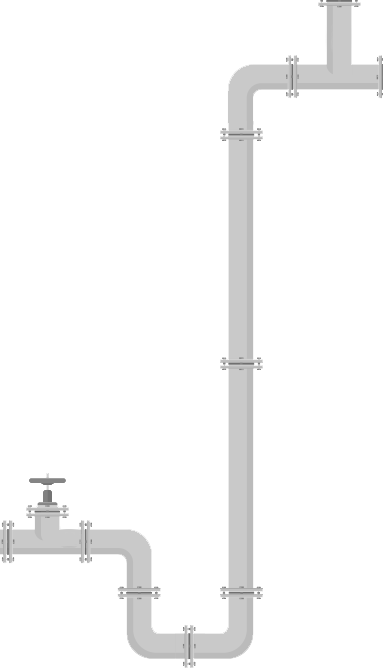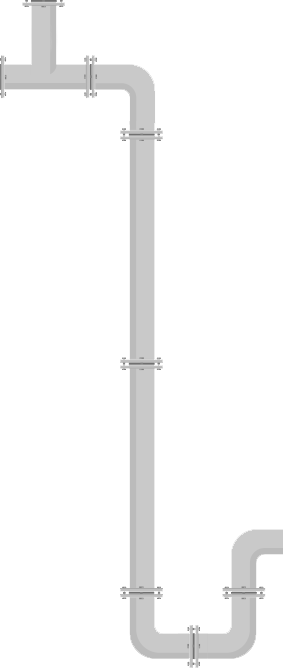Drain or Sewer? How to Tell Which Is Causing Your Plumbing Problems
Posted by Jason Genah on 04-10-2021

Drainage systems and sewer lines can become clogged quite easily. It is not uncommon to think you have fixed the cause of a problem, only for it to return. There can be one or more underlying causes of these kinds of plumbing problems, so solving them can be quite challenging.
Fixing one of the problems will not solve the other drainage or clogging problems. In the end, your actions will seem insignificant. This is particularly true if a major clog is present. You could experience a toilet overflowing, backed-up sinks, and even raw sewage flowing out of the drains on the basement floor. This is the time to contact a professional sewer cleaning service in Ontario.
Your walls and floor contain a system of drain pipes. There is a drain pipe connected at one end to each of the following fixtures:
- Toilets
- Sinks
- Bathtubs
- Showers
- Laundry Tubs
- Dishwasher
- Washing Machine
Drain pipes are connected to your home’s main sewer drainage system at the other end. The drain lines and the main sewer lines are connected to a variety of vent pipes. You’ve likely seen these hanging over your roof, particularly in areas near the bathroom. Sewer gases and foul odours escape these vents instead of wafting back up drain lines and into homes.
Main sewer drainage lines are connected to the city sewer system or are buried underground in septic tanks. Note that most home drainage systems are organized in a general way. Some homes have dual systems, each with a sewage drain line and a gray water drain line.
Any objects flushed down the toilet or inside a drain line will run into the main sewer drainage line. It then flows out of the house and into the sewer system or your septic tank.
What happens when there is a clog?
A drainage issue usually indicates a blockage in one of the drain pipes that can affect how and where water drains. The water and raw sewage can back up all of the drains on the lower floor in a home if a problematic blockage occurs in the main sewer drain line.
When there’s a blockage somewhere else, like near where the drain line connects to the sewer line, anything going down the drain line into the sewer line before the jam might be rerouted up the drain line.
An example of this type of clog is a kitchen sink, toilet, and shower connected to the main sewer. Usually, the shower drain line gets clogged just past where it connects to the sewer line. If the sink faucet is turned on or the toilet is flushed, the waste would flow back up the drain.
Signs of Clogged Drains and Sewer Lines
When clogs are forming in drain lines or primary sewer lines, you will see several warning signs. Identifying these signs can ensure that you do not experience a clog with raw sewage backing up the drains. If the water is slowly draining, it is an indication that there is a possible clog in progress. Here are some other signs you should be on the lookout for:
1. Sounds of gurgling from other drains
It means you have a clog somewhere in your drain lines. When water does not drain properly, air bubbles emerge.
2. Incoming water from drains
In this case, there is a blockage in the sewer line, which does not allow water and waste to flow away so it comes back up the drain.
3. Areas outside the home that are wet
Water could be coming from sewer access pipes, or the sewer line might be broken if your grass is constantly wet even though it’s dry outside.
4. Basements or main floors with pools of water
In the basement, if there is water pooling, floor drains could be causing it. If there is a problem with the main sewer line, this is often the case.
5. The drains smell foul
This happens when sewer gases are not venting correctly due to a blockage in the drain or sewer line.
A clog in the drain lines or main sewer line can be determined based on the symptoms. In most cases, if you only have one drain that is slow to drain the water, that means there is a clog somewhere along that line.
A clog in the main sewer drain line is possible if you notice several drains with slow drainage. Another sign of a clogged main drain is when water flows back up multiple drains after flushing the toilet. Clogs may be located in different places within the line, depending on which drains are having difficulties.
Common Causes of Drainage System and Sewer Line Clogs
Many things can cause clogs in drains and sewer lines. Clogs are hard to identify until after your plumber has performed clog removal and drain cleaning services.
A clog might be caused by the following:
- Grease
- Hair
- Soap
- Detergents
- Lint from Clothing
- Food
- Excessive Toilet Paper Usage
- ‘Flushable’ Items That Are Not Actually Flushable (Paper Towels, Sanitary Napkins, Tampons, etc.)
- Kids’ Toys
- Jewelry
Why hire a professional for drain cleaning and clog removal?
As there are multiple reasons for a clogged drain, and finding the source of the problem can be difficult on your own. Assume you have several issues where a few minor clogs block drain lines and blockages inside and outside the main sewer line.
The clogs in the drain line might be cleared by using a plunger. However, the use of a plunger alone is not sufficient to remove blockages from the main sewer line. If only part of the problem were addressed, the other main blockages would continue to cause issues in the drainage system.
That’s why you need drain clog removal and cleaning services from a professional plumber. In addition to removing the clog, pipe cleaning removes any buildup on the pipe walls, such as soap, hair, and grease.
Clogs can sometimes be caused by tree roots infiltrating sewer drain lines outside the home. In this case, it is necessary to dig up the yard and replace the damaged sewer lines. In addition to being messy and stinky, this type of work involves raw sewage.
Therefore, if you have any serious problems, always contact a professional sewer cleaning service in Ontario. For more information about clogged drains, call Drain King Plumbers at 833-983-5663 or contact us here.




